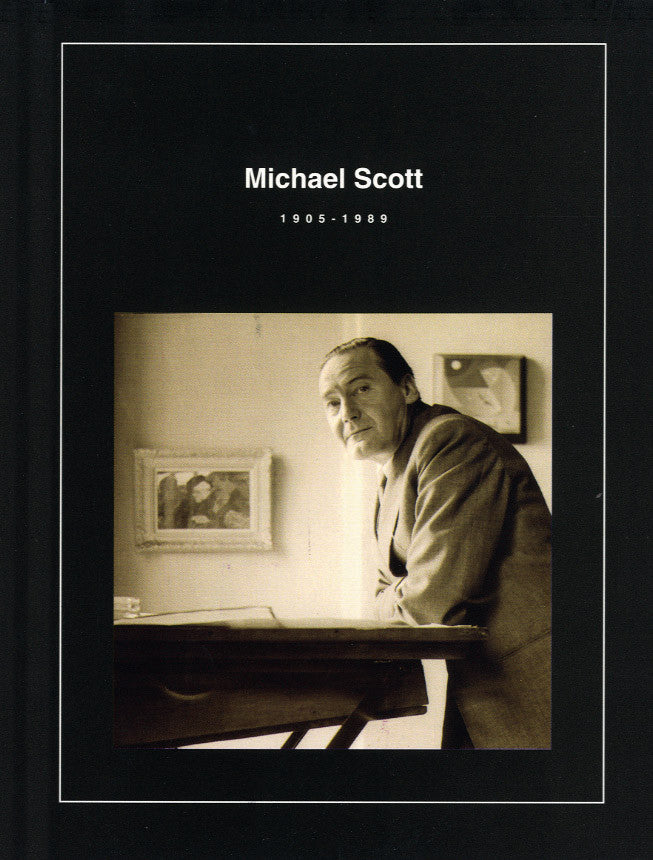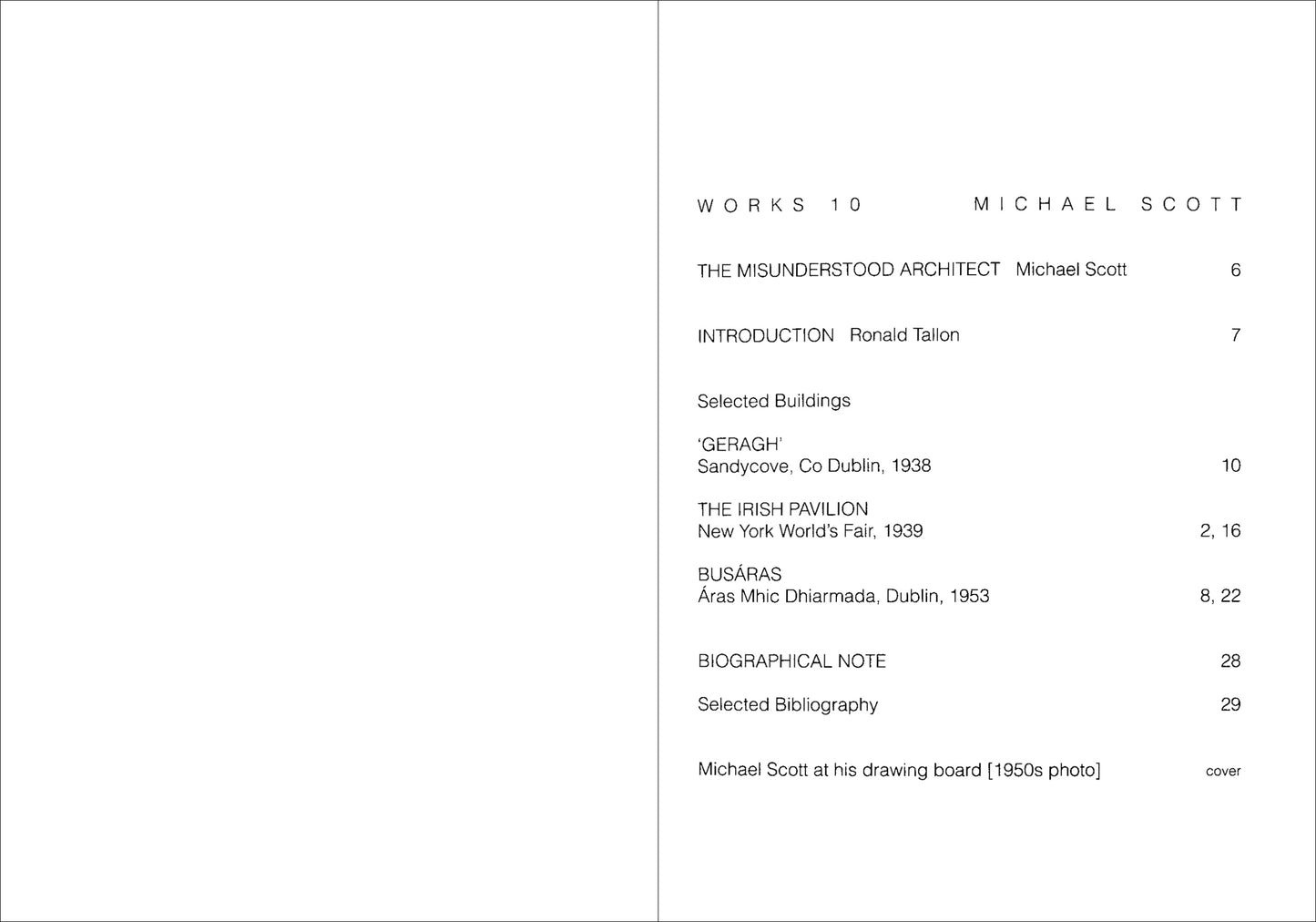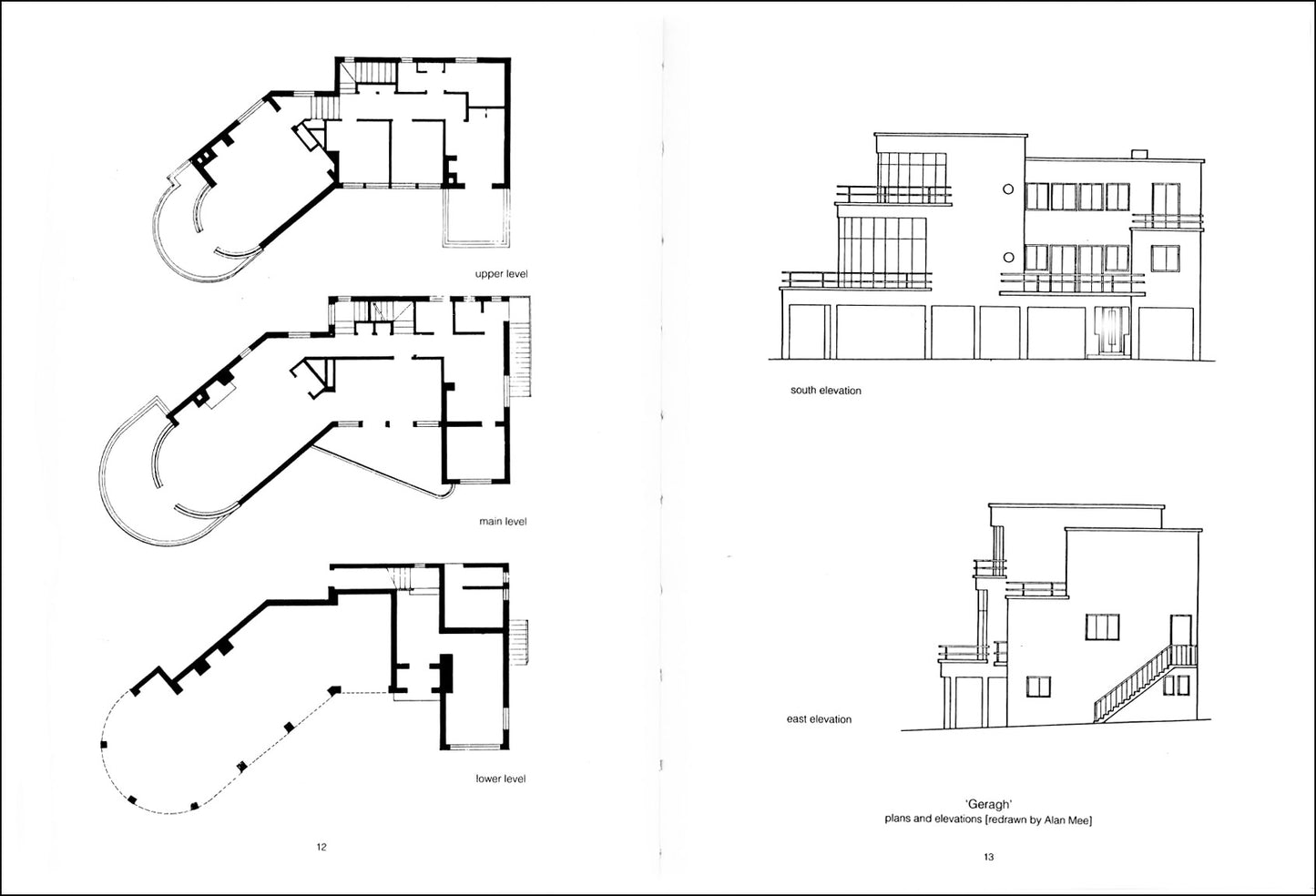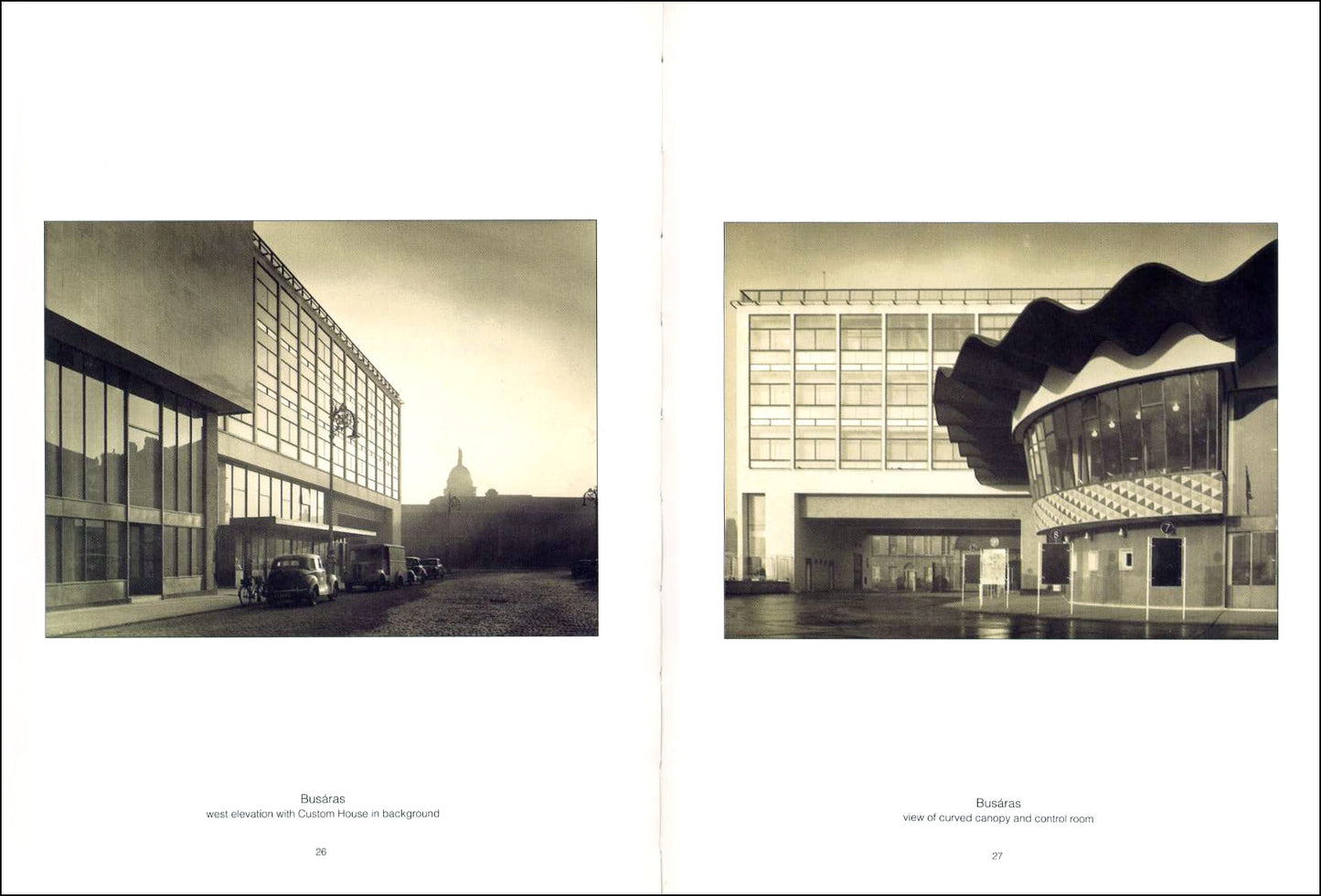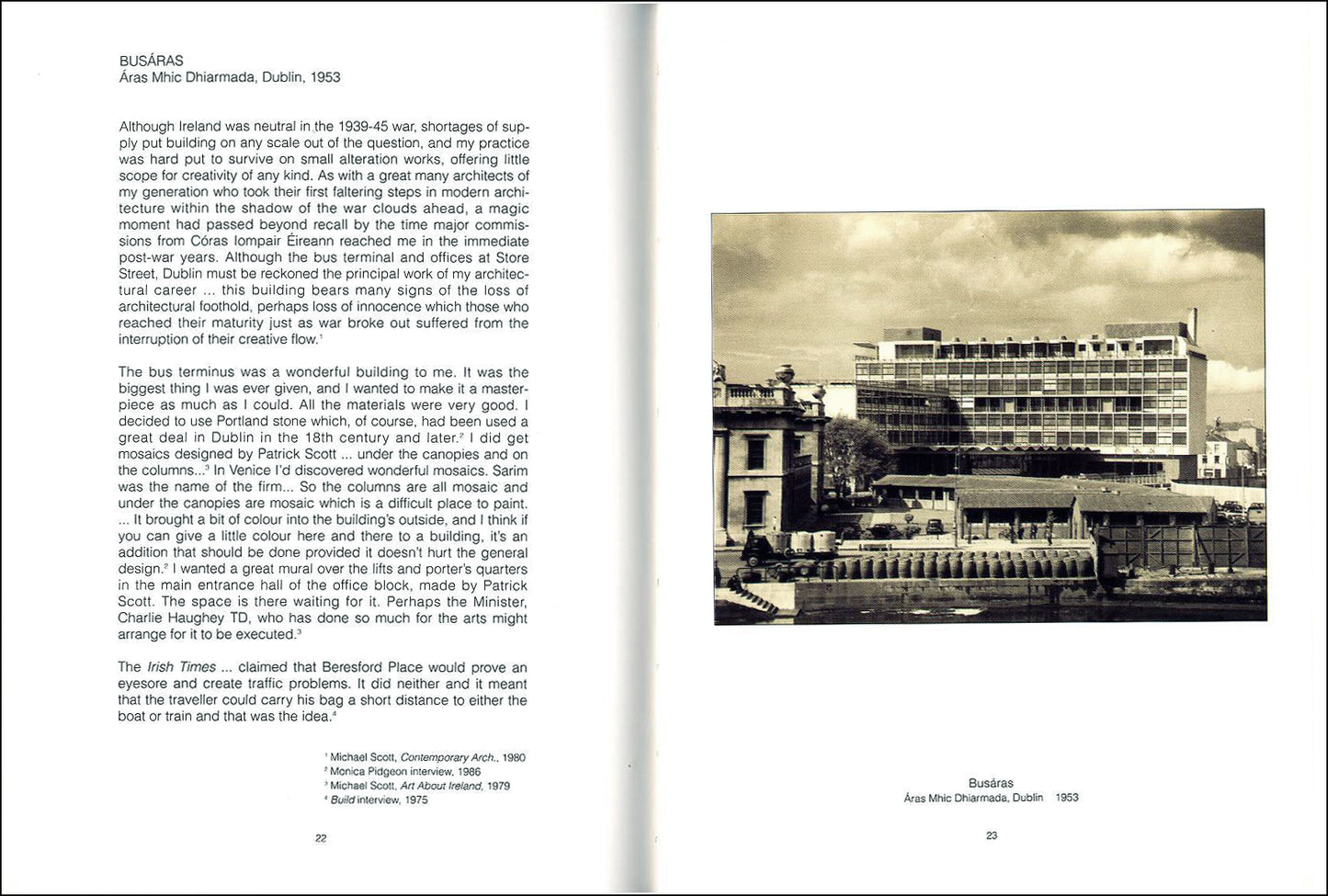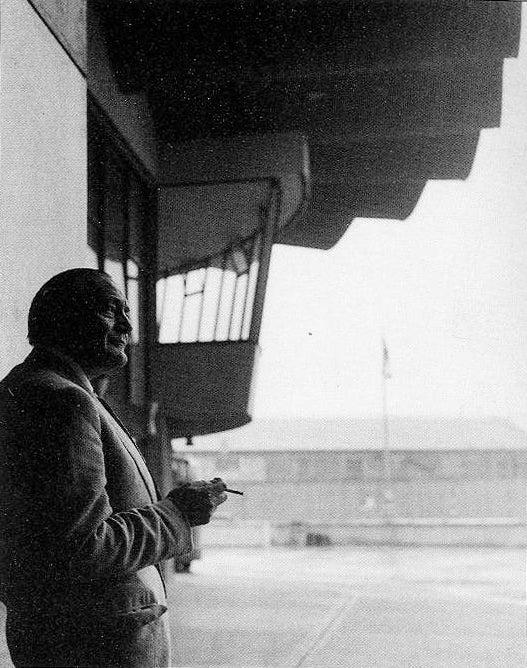Gandon Editions
Works °10 — MICHAEL SCOTT (1905-1989)
Works °10 — MICHAEL SCOTT (1905-1989)
Couldn't load pickup availability
Share
words and texts by Michael Scott; intro by Ronald Tallon
ISBN 978 0946641 314 32 pages (paperback) 20x15cm 27 illus
Michael Scott is considered the father of modern architecture in Ireland and its most important 20th-century architect. His best-known buildings are Busáras, his own home ‘Geragh’ in Sandycove, Donnybrook Bus Garage (all in Dublin), and the Irish Pavilion at the 1939 New York World’s Fair.
EXTRACTS
"It requires the greatest call on Christian charity to have to fight for a building with those officials of departments of State who are merely administrators of a branch of a fluctuating government power, and who yet impose their personal whims on permanent buildings. What method can be devised to inform them – and the public for whom they act – of essential architectural values? How can bishops and clergymen and parish councils be made to understand architecture and to insist that their new churches and halls are not travesties of former styles? ... London, in its vast, sprawling, incoherent entity is such a tiresome city that one hoped to see a brilliant phoenix-like rebuilding on the flower-speckled ashes of the ruins of war."
— from the text by Michael Scott
"Michael was the only person I have ever met who genuinely embraced and respected all the creative arts. From his early building at the World’s Fair, he incorporated in his work the works of the painters and sculptors of his time. I remember his involvement in the design of a side altar in a church in Galway. He worked closely with Louis le Brocquy on that design, and the final scheme was a celebration of genuine collaboration between artist and architect. That policy permeated the practice – architects, sculptors and painters all had an important role to play in the pursuit of excellence, to which he devoted his entire energies...
Michael was a great architect, a man of great courage and commitment to his own time, a discerning and critical judge of design quality and detail, a supporter of all who were committed to the technology of their own time, a promoter of all the creative arts, a great raconteur, a delight to have known..."
— from the introduction by Ronnie Tallon
"The proximity of the Custom House, the largest of Dublin’s 18th-century buildings, was an important factor in the shaping of the bus station. On its account, the bulk of the offices was concentrated in a high block along the opposite edge of the site ... The low block, necessary to meet the balance of CIE’s accommodation requirements, is in scale with the Custom House ... Construction began in 1947, but in July 1949 a new Minister for Finance announced that, although his government had not been able to stop the building being built, it was ‘hoped to convert it to some useful purpose!’ This was followed by a total shut-down on the site, and the building was not finally completed until October 1953. In the meantime, it had been acquired as its headquarters by the Dept of Social Welfare, but the Bus Station portion was finally leased to Córas Iompair éireann for its original purpose."
— from the architect’s report on Busáras
|
CONTENTS THE MISUNDERSTOOD ARCHITECT by Michael Scott SELECTED BUILDINGS ‘Geragh’, Sandycove, Co Dublin, 1938 Artist’s Biography |
also available:
|
